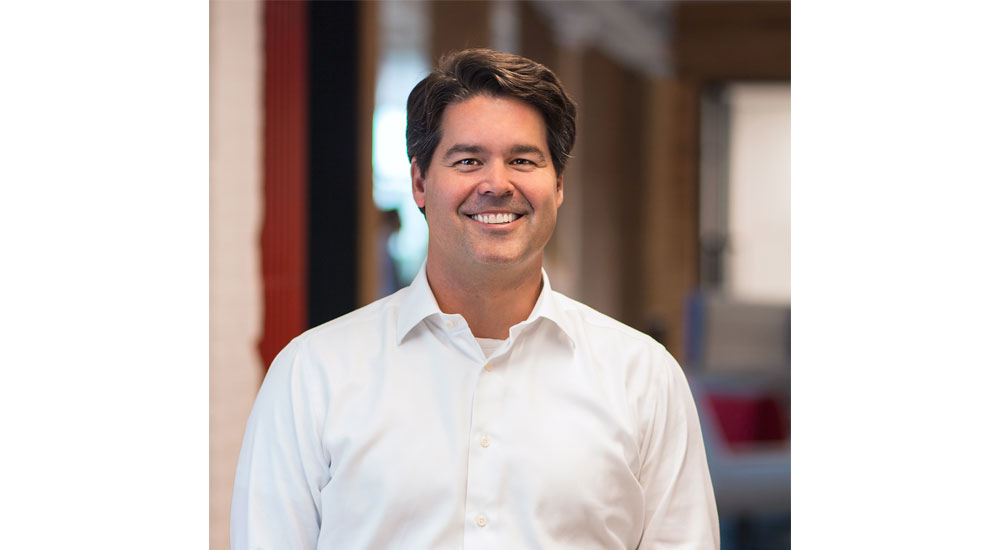On the lighter side of things, we caught up with Red Hat’s Mike Kelly, to find out what makes him tick.
What first made you think of a career in technology?
I started my career in accounting. After I experienced the systems I had to use to do my job, I knew that my work would be better served on systems than accounting. My dad also spent a career in IT, so we always had computers and discussions around their potential. I remember going to his office and watching punch cards flying around. I learned to program BASIC on a TI-994a and we would spend time together putting in programs from Compute! Magazine.
What style of management philosophy do you employ with your current position?
I’m a firm believer that leaders need to grant autonomy to members of their teams. To me, that lays the foundation of trust and hopefully inspires people to do their best work. At Red Hat, we have a very open, collaborative process where we engage everybody in our planning and our execution process. When I first came on board, we had an open forum to solicit feedback on our direction and we came up with a purpose and landed on what our strategic areas of focus were. We believe that if people are brought into the vision, they’ll stay. It’s about feeling attracted and contributing to the mission, that’s our biggest retention strategy.
What do you think emerged as the technology trend of 2018 and why?
We are in a new frontier of how enterprise IT can enable businesses to move forward. There are a plethora of new tools, services and solutions to be leveraged. Looking at 2018, open hybrid and multi-cloud were seen as the biggest trend of the year. Our company’s core strategy is to embrace the open hybrid cloud. We believe IT organisations are going to operate over four footprints: on-premises bare metal, on-premises virtualised, private cloud and public cloud. We don’t believe that a company is going to make a large-scale binary shift from on-premises to the public cloud; we don’t believe that’s going to be the lion’s share.
What do you currently identify as the major areas of investment in your industry?
Preparing ourselves for what we have today and for what’s in the future. So, my list of priorities includes helping the company’s global sales force improve processes and systems; executing on plans for its data and analytics governance programme, as well as the cybersecurity programme; and realising the benefits of open hybrid cloud using Red Hat’s own technologies. Security is something every company should be focused on. The old ways of doing IT and cybersecurity are reaching their expiration point. And at its base, it’s because businesses are changing how they are working. Traditional IT security was focused on fortifying, maintaining and policing, but the old data centre perimeter is dissolving and security can’t keep up. Digital Transformation demands a change in security programmes, that’s where I and other CIOs will be focused; finding continuous, integrated and flexible security options for a more digital world.
How do you deal with stress and unwind outside of the office?
I’ve been a competitive swimmer my entire life, so for me, I unwind a few early mornings per week. There’s nothing like getting in a pool at 5:30am and going hard for 90 minutes. I also really enjoy mountain biking and am fortunate enough to live in the same county where the sport was invented.
If you could go back and change one career decision, what would it be?
Early in my career I made some choices that were ‘safe’ or ‘the chosen route to success’ and I didn’t really question them or the alternatives enough – a way of saying I would have taken some bigger risks.
What are the region-specific challenges when implementing new technologies in Europe?
Europe has established a global precedent on privacy with GDPR. So, we must make sure everything we do globally meets those standards. I believe the rest of the world benefits from the leadership that Europe has asserted on this topic.
What changes to your job role have you seen in the last year and how do you see these developing in the next 12 months?
For so long, the CIO role has been about control and efficiency and while those remain table stakes to the job, the role has really shifted to growth and innovation. In many companies for a very long time, the highest levels of the company have said IT is not our core competency, so we want this function to be highly reliable at the lowest cost possible. Now, every company is a technology company, so success is paying homage to the past by providing high-reliability and optimising cost but also utilising technology to differentiate. So, the CIO’s role has changed to enabling that type of environment and still taking care of the classic ways IT is known. Executives who have been through these cycles are looking around the table and asking, ‘Who’s going to lead this?’. This is the opportunity that every CIO has right now. If you want it, it’s yours for the taking. It’s your time to step up, lead and demonstrate all the things we’ve been complaining about not being able to do for so long. This opportunity is great for business-minded CIOs to demonstrate how companies can compete in this digital world.
What advice would you offer somebody aspiring to obtain C-level position in your industry?
I would say to portray a humble confidence and do your absolute best, letting your results and actions speak for themselves. Too often, leaders with higher aspiration focus on what’s next compared to what’s now. Demonstrate that you have absolute command of your company’s current business model and economics and a clear vision of where it can go.
Click below to share this article

